BLOG
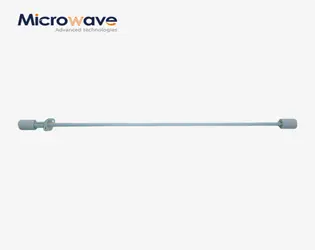
Why Should You Choose Customizable Coaxial Cable Assemblies for Your Needs?
July 10, 2025
In today's rapidly evolving technological landscape, the demand for reliable, high-performance signal transmission solutions has never been greater. From telecommunications infrastructure to aerospace applications, the backbone of successful signal transmission lies in the quality and adaptability of coaxial cable assemblies. When standard off-the-shelf solutions fall short of meeting specific requirements, customizable Coaxial Cable Assembly options emerge as the optimal choice for engineers and system designers. These tailored solutions offer unparalleled flexibility in addressing unique frequency ranges, environmental conditions, and performance specifications that generic cables simply cannot accommodate. By choosing customizable coaxial cable assemblies, organizations can achieve superior signal integrity, reduce system downtime, and optimize their overall operational efficiency while maintaining compliance with industry standards and environmental regulations.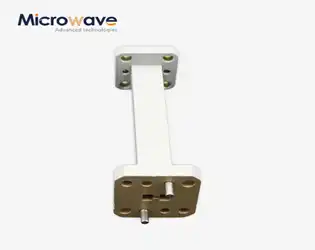
Why Is Low VSWR in a Double Ridge Transition Crucial for Energy Efficiency?
July 10, 2025
In the realm of high-frequency electromagnetic applications, energy efficiency has become a paramount concern for engineers and system designers. The Double Ridge Transition stands as a critical component that directly impacts system performance through its Voltage Standing Wave Ratio (VSWR) characteristics. When VSWR remains low in a Double Ridge Transition, it fundamentally transforms the energy transfer efficiency of the entire microwave system. Low VSWR indicates minimal signal reflection, which translates to maximum power transfer and reduced energy losses. This optimization becomes particularly crucial in applications spanning from satellite communications to defense radar systems, where even minor energy losses can compromise system reliability and operational costs.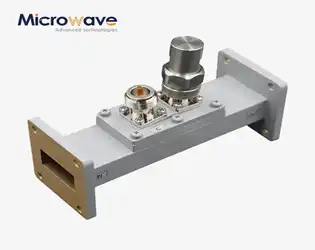
What Applications Benefit the Most from a High-Precision Waveguide Loop Coupler?
July 10, 2025
In the rapidly evolving landscape of microwave technology, the demand for precise and reliable signal coupling solutions has never been greater. High-precision waveguide loop couplers represent a critical component in modern microwave systems, offering exceptional performance characteristics that enable seamless power distribution and signal monitoring across various frequency bands. These sophisticated devices have become indispensable in applications where signal integrity, low insertion loss, and accurate power measurements are paramount to system success. The Waveguide Loop Coupler stands out as a premier solution for applications requiring exceptional coupling efficiency and minimal signal degradation. Industries ranging from satellite communications to aerospace defense systems rely heavily on these precision-engineered components to maintain optimal performance standards. With their ability to operate across broad frequency ranges while maintaining consistent coupling characteristics, waveguide loop couplers have established themselves as fundamental building blocks in high-frequency microwave architectures. Their compact design, superior environmental resilience, and customizable specifications make them particularly valuable in mission-critical applications where reliability cannot be compromised.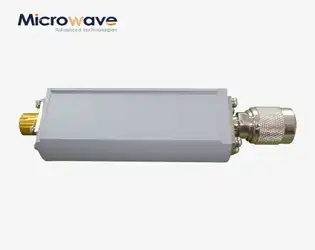
What Benefits Do SMA Connectors Provide in Coaxial Detectors?
July 9, 2025
SMA connectors play a pivotal role in modern coaxial detector systems, offering exceptional benefits that significantly enhance performance across diverse microwave and RF applications. These precision-engineered interfaces provide superior signal integrity, mechanical reliability, and electromagnetic compatibility when integrated with coaxial detectors. The Coaxial Detector systems incorporating SMA connectors deliver enhanced detection sensitivity, minimal signal loss, and robust electrical connections that withstand demanding operational environments. From satellite communications to aerospace applications, SMA connectors enable coaxial detectors to achieve optimal performance metrics while maintaining consistent operation across wide frequency ranges. This integration represents a critical advancement in microwave technology, ensuring that modern detection systems meet the stringent requirements of contemporary electronic warfare, telecommunications, and precision measurement applications.
What Industries Benefit Most from Pyramid Horn Lens Antennas?
July 9, 2025
In today's rapidly evolving technological landscape, precision microwave communication has become the backbone of numerous critical industries. The Pyramid Horn Lens Antenna represents a revolutionary advancement in antenna design, combining the directional capabilities of pyramidal horns with the focusing power of planoconvex lenses to deliver exceptional performance across multiple sectors. This sophisticated antenna technology offers superior signal quality, enhanced gain characteristics, and remarkable versatility that makes it indispensable for applications ranging from satellite communications to defense systems. Understanding which industries derive the greatest benefits from Pyramid Horn Lens Antenna technology is crucial for organizations seeking to optimize their communication infrastructure and maintain competitive advantages in their respective markets.
Why Choose Low Reflection Waveguide Termination for High-Frequency Applications?
July 9, 2025
In the demanding world of high-frequency microwave engineering, the selection of appropriate termination components can make the difference between system success and failure. Low reflection waveguide termination represents a critical component that ensures optimal signal integrity and system performance across diverse applications ranging from satellite communications to advanced radar systems. When signals propagate through waveguide structures at frequencies extending into the millimeter-wave spectrum, unwanted reflections can cause severe impedance mismatches, standing wave formations, and signal degradation that compromise entire communication networks. The choice of high-quality Waveguide Termination solutions becomes paramount in maintaining system reliability, minimizing insertion losses, and achieving the precise performance characteristics demanded by modern high-frequency applications in aerospace, defense, telecommunications, and research environments.
What Role Do Waveguide Low Pass Filters Play in Reducing Interference in Telecommunications?
July 9, 2025
In today's interconnected world, telecommunications systems face unprecedented challenges in maintaining signal integrity while operating across increasingly crowded frequency spectrums. As communication networks expand and evolve to support everything from 5G mobile networks to satellite communications, the need for sophisticated filtering solutions has become critical. Waveguide Low Pass Filters emerge as essential components in this technological landscape, serving as guardians of signal quality by selectively allowing desired frequencies to pass while effectively blocking unwanted high-frequency interference. These precision-engineered devices play a pivotal role in ensuring reliable communication by preventing signal degradation, reducing cross-talk between channels, and maintaining the overall performance of complex telecommunications infrastructure.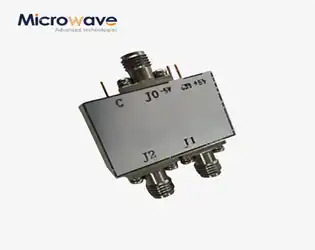
Why Should Engineers Prioritize Isolation and Power Handling in a High Power Coaxial Switch?
July 9, 2025
In the sophisticated landscape of microwave and RF engineering, the selection of appropriate switching components can determine the success or failure of entire communication systems. Engineers consistently face the challenge of maintaining signal integrity while managing substantial power levels across diverse applications, from satellite communications to aerospace defense systems. When designing high-performance RF systems, two critical parameters emerge as fundamental requirements: isolation and power handling capability. These specifications directly impact system reliability, signal quality, and operational efficiency. High Power Coaxial Switch components serve as the backbone of modern RF infrastructure, where exceptional isolation prevents unwanted signal interference and robust power handling ensures consistent performance under demanding conditions. Understanding why these parameters deserve priority attention enables engineers to make informed decisions that enhance system performance and operational longevity.




